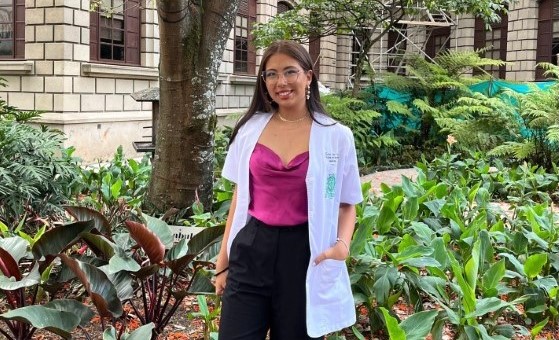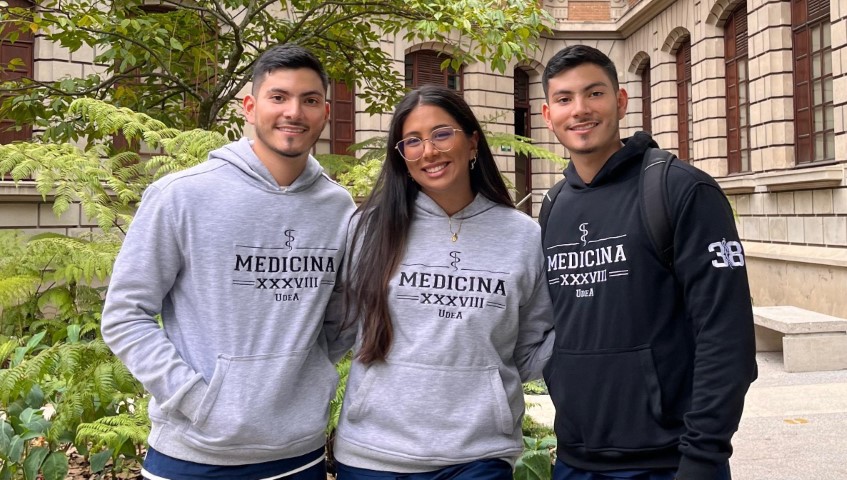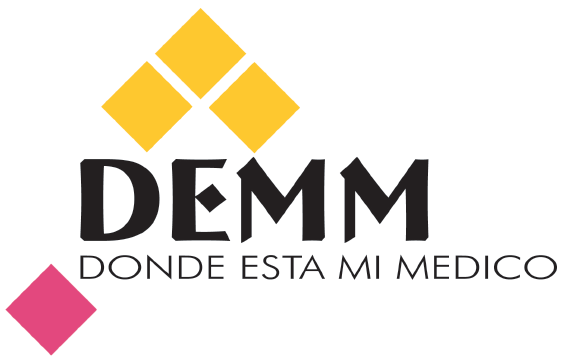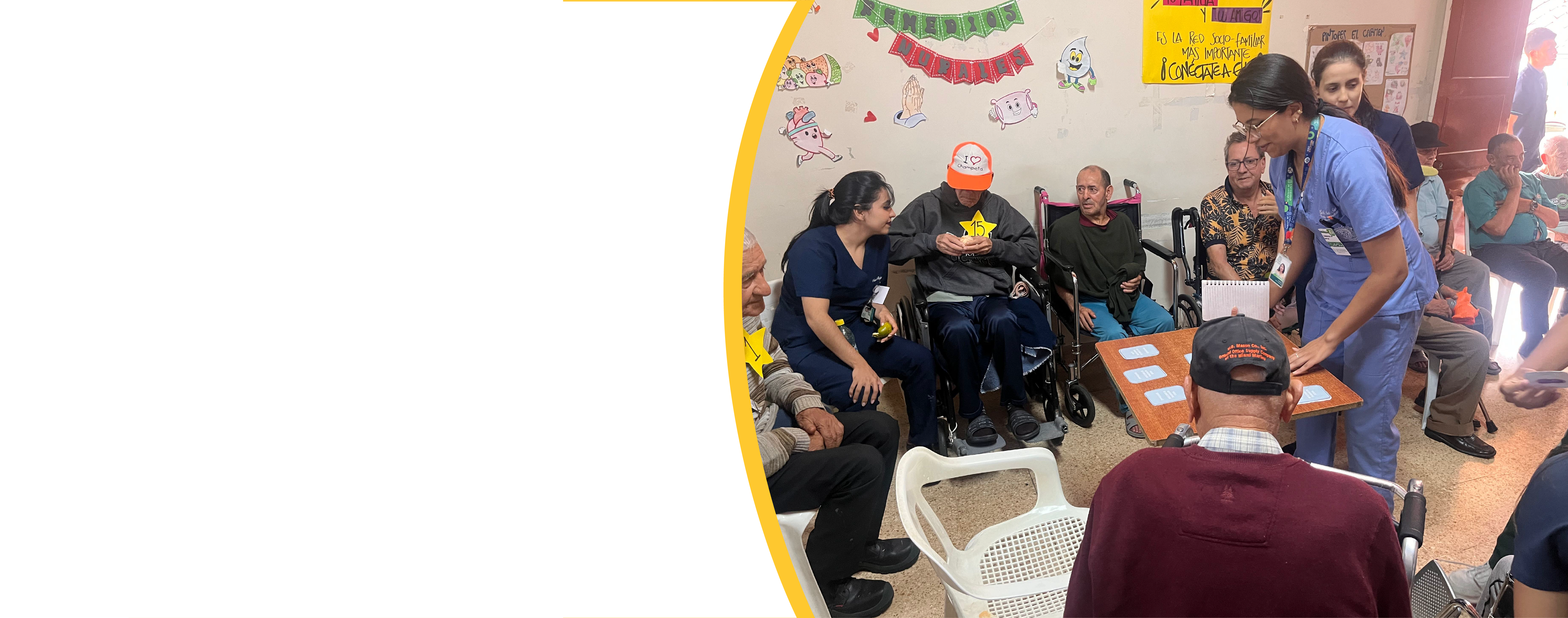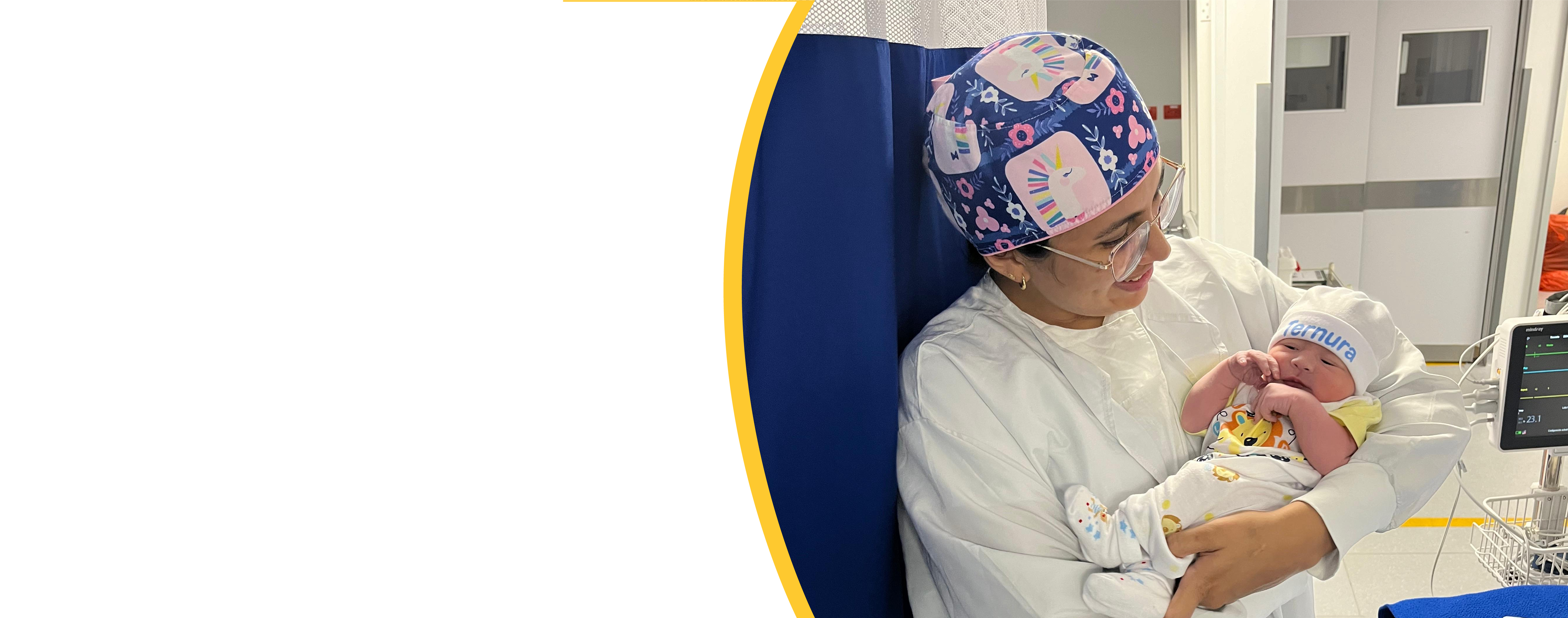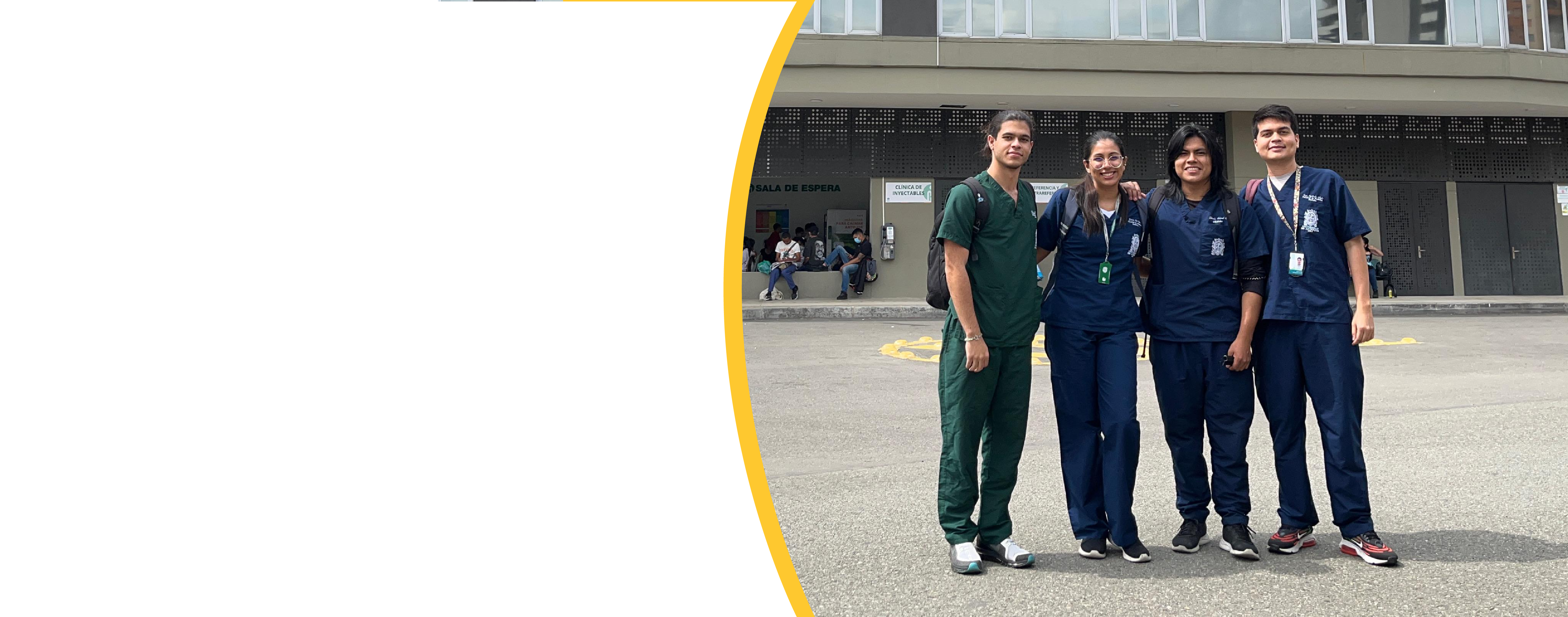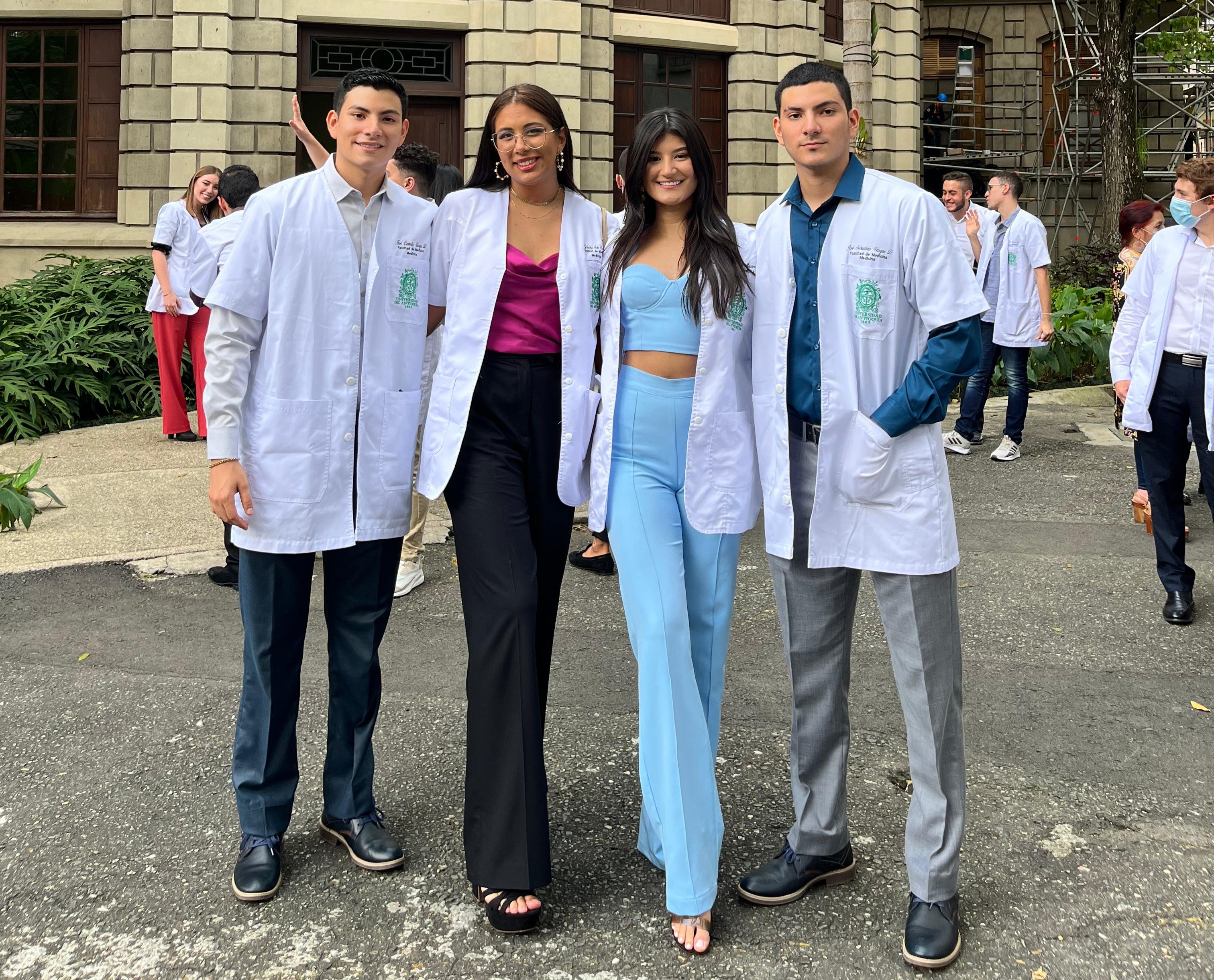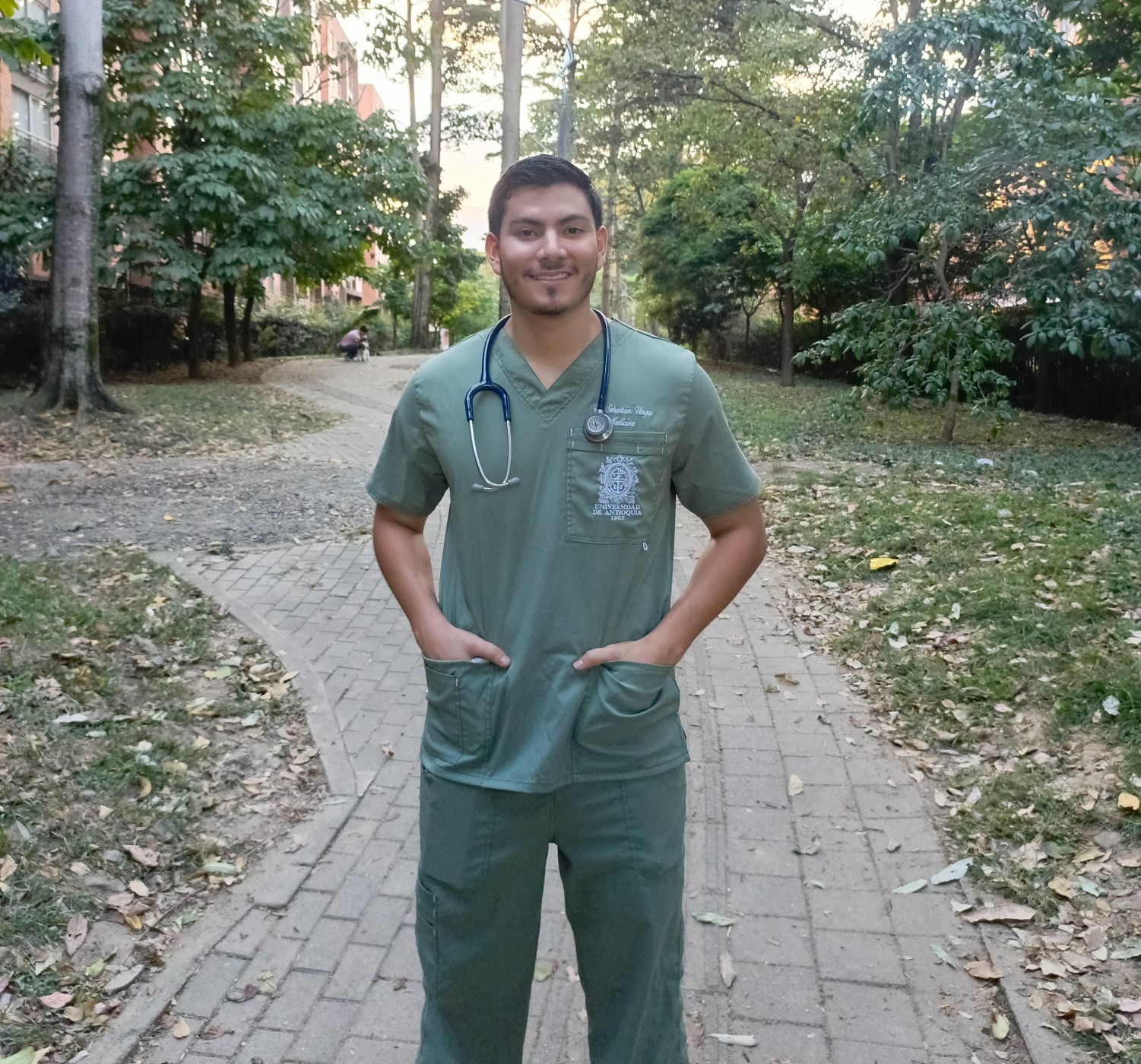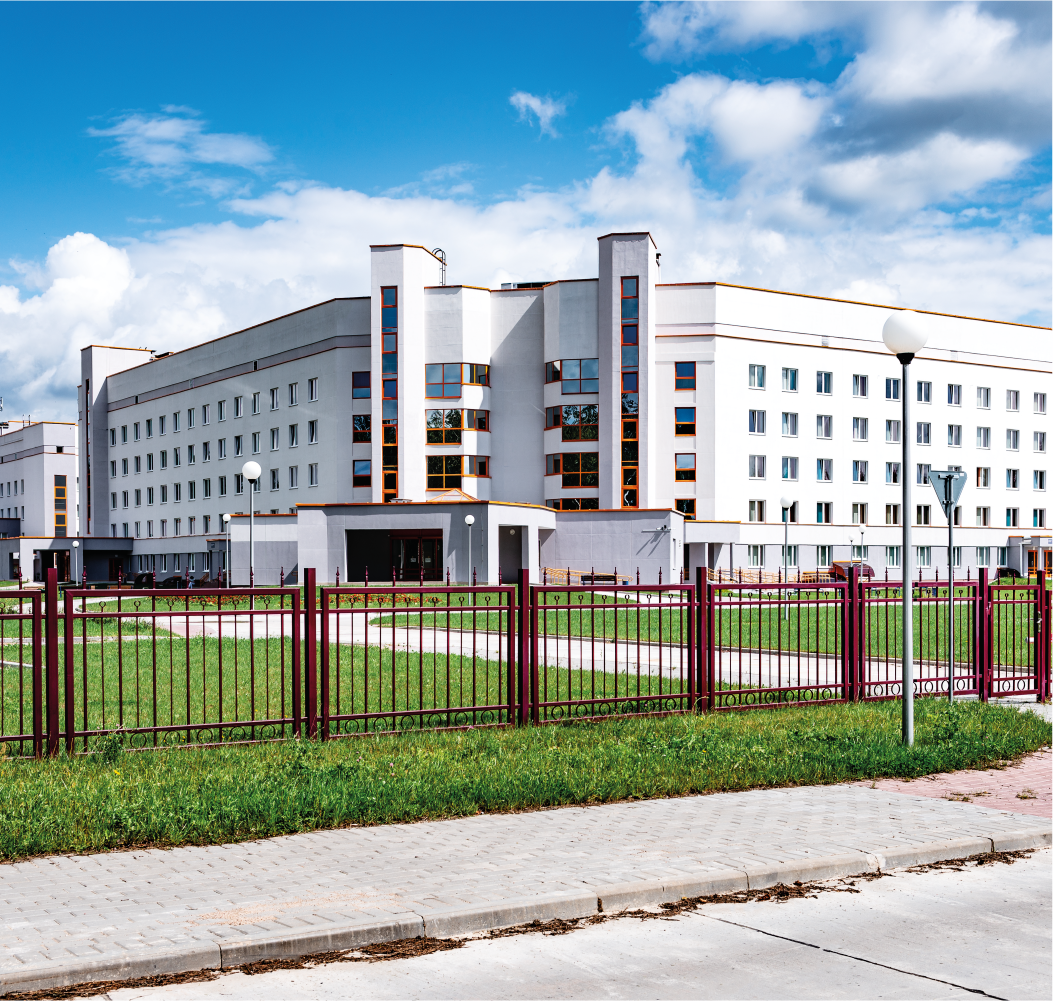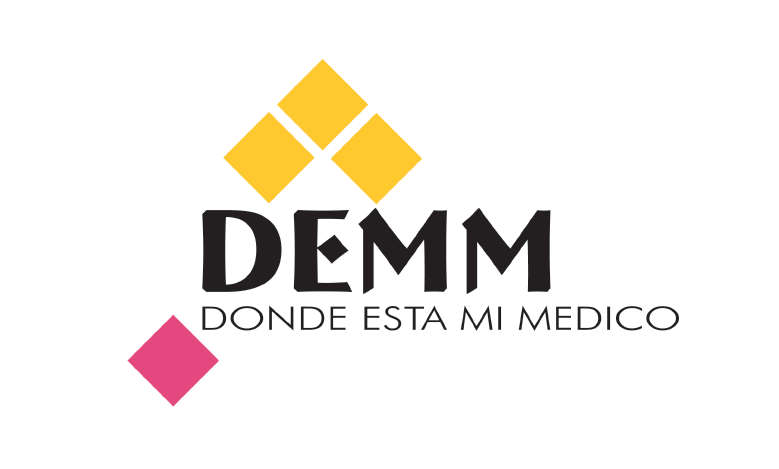About us
"Donde Esta Mi Medico" is a non-profit medical education organization that prioritizes latino community service, providing more Spanish speaking Doctors and Certified Nurse Practitioners (CRNP) enhancing the latino population medical care.
There is a need for more culturally sensitive doctors to service the specific needs of Latino community in key cites throughout the United States whose focus is Primary Care.
